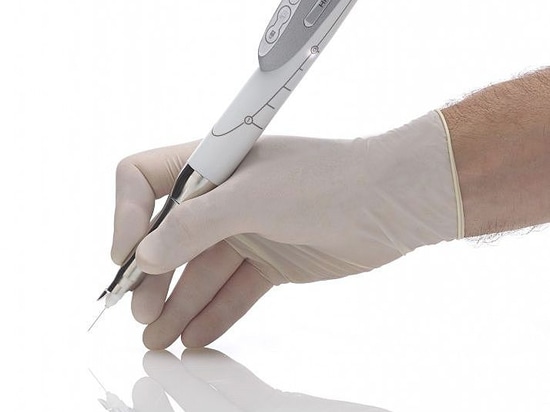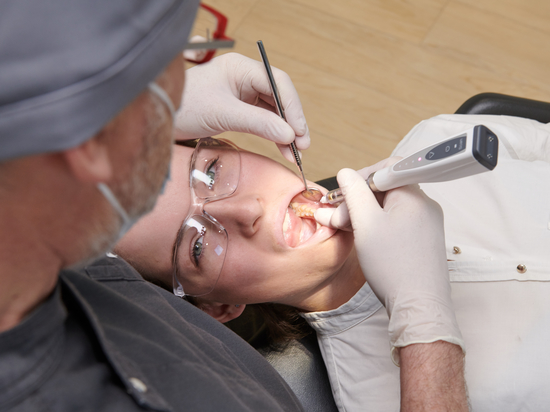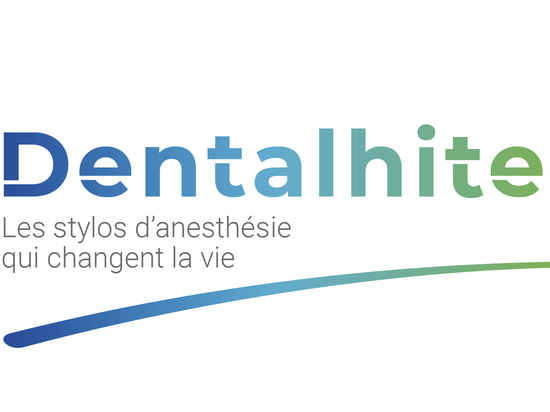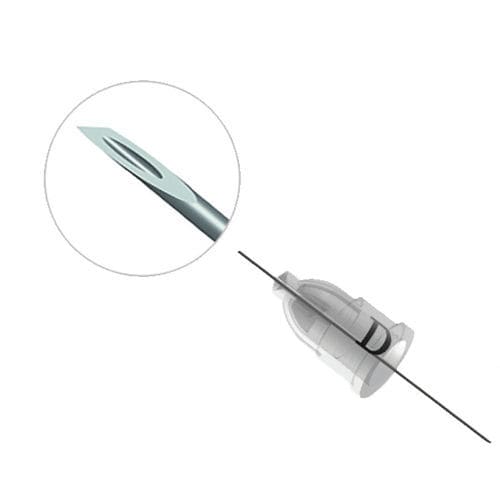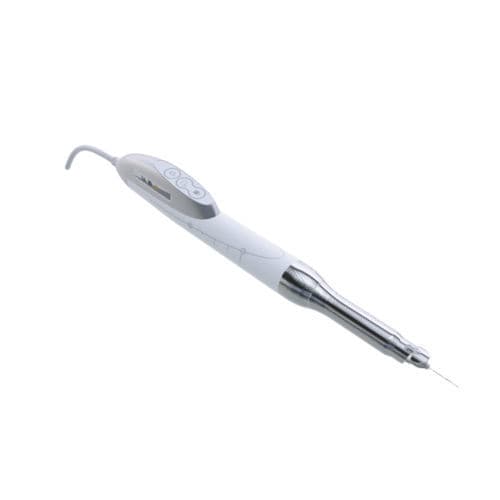
#Product Trends
QuickSleeper : The efficient dental anaesthesia
True / False facts about anaesthesia with QuickSleeper
- What is QuickSleeper® used for?
Concretely, to do everything you already do very well in terms of loco-regional anaesthesia, only more efficient, more reliable and above all more comfortable. QuickSleeper® replaces your manual syringes, to inject the desired quantity of anaesthetic, by controlling the injection speed, for maximum patient comfort. But not only that.
Used in "IO" mode, and after having anaesthetised the mucosa, the device allows the needle to be rotated to pass the cortical bone in a perfectly painless way, to inject directly into the trabecular bone. Placed as close as possible to the apex, only in the "useful" area, you use an optimal quantity of anaesthetics, depending on the number of teeth to be treated (up to 6 with a cartridge), with maximum efficiency.
- I can do a simple infiltration with QuickSleeper®.
TRUE: In "Hi" mode, you can do an infiltration with QuickSleeper® as a first intention, with a generally noted much better quality than when realized by hand. It is even recommended to start with this kind of usual case, to become familiar with the transition to electronics.
- I can perform an intraligamentary / PDL with QuickSleeper®.
TRUE: When used in "Lo" mode with an Effitec® needle with a diameter of 0.30 (30G) / 9 mm, which is shorter than average to avoid any risk of torsion or leakage, and therefore of arthritis, you offer your patient a comfortable PDL anaesthesia. The technology developed regulates the flow and adapts to the resistance of the ligament, for your own comfort. You don't have to use your manual syringe, and you reduce the long-term risks of musculoskeletal disorders.
- I can't do ID block with QuickSleeper®.
TRUE and FALSE: Osteocentral anaesthesia has the advantage of systematic efficiency, without the disadvantages regularly attributed to ID blcok anaesthesia (latency time between injection and effective intake, complementary injections, postoperative numbness of the soft tissues...). Although it is technically possible to perform a Spix with QuickSleeper®, in practice, this technique proves to be perfectly counterproductive and will be abandoned as soon as you integrate osteocentral anaesthesia as a routine of your practice.
- Osteocentral anaesthesia is only used in case of emergency, on a pulpitis of mandibular molar.
TRUE and FALSE: If there is one application for which QuickSleeper® brings a real relief (shared by the patient and the practitioner), it is anaesthetizing that 36 in pulpitis that you had to treat on a Friday evening at 6 pm (or on Monday morning when you came back from your summer holidays, not much better!) Thank to the efficiency of osteocentral anaesthesia, a mandibular molar, even in pulpitis, is anaesthetised immediately, without stress. This is undoubtedly the most effective technology for the treatment of dental problems.


